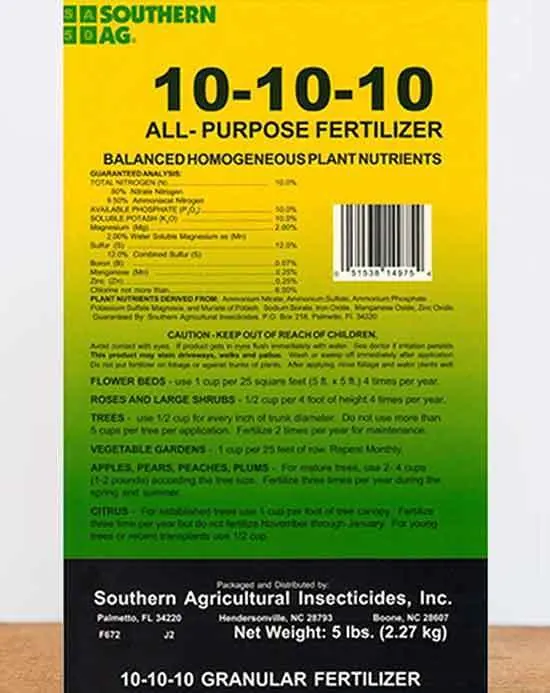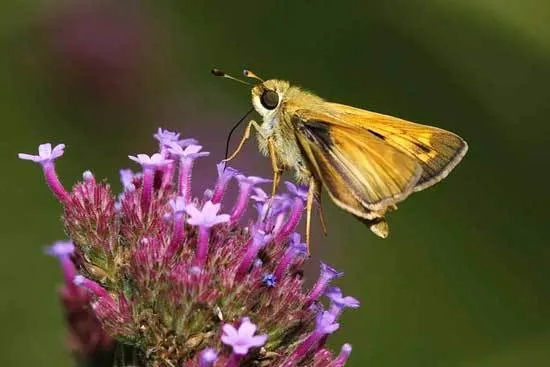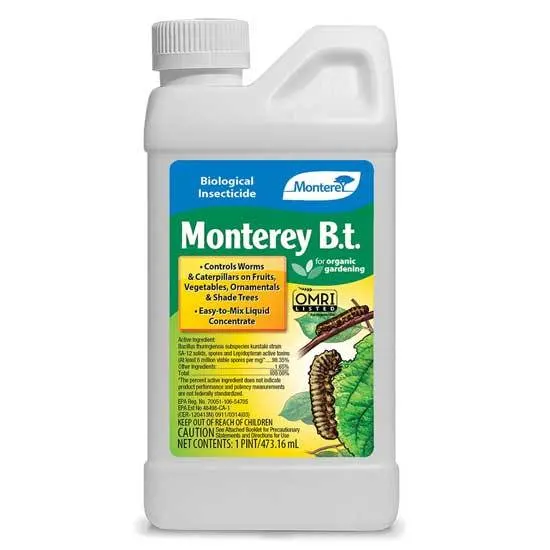Let us begin by saying phlox are lovely. They are as fantastically colorful and bright that they can uplift your mood, only looking at them.
Those soft clouds of flowers in every hue can present a daunting task for anyone who wants to choose one or two from them! However, do you know when to plant phlox?
Phlox have been perennial garden flowering plants ever since we remember the garden landscape out here. Their enduring popularity is only for the reason that they have the most extended flowering season.
They begin to show up in the first weeks of July and last sometimes through September, well into the first week of October. This is the time that the other beauties also are beginning. It is almost like the phlox handing over the baton to the asters that are blooming out then.
Phlox are extremely common throughout the US. They are especially looked forward to by flower growing enthusiasts who wait for bated breath to invite summer. Because with summer, their favorite phlox will bloom with statuesque beauty, melding with the beauty of the garden and yet standing out from everything else!
- What You Will Need to Grow Phlox?
- When to Plan Phlox?
- Step One: Choose the variety of phlox that you want to grow
- Step Two: Choosing the right location
- Step Three: Do the soil test
- Step Four: Plant the phlox
- Step Five: Water the plants well throughout the growing season
- Step Six: Use a good fertilizer
- Step Seven: Mulch the plants
- Step Eight: Prune the plants
- Step Nine: Protect your phlox from diseases
- Step Ten: Protect your plants from the phlox bugs
- Conclusion

What You Will Need to Grow Phlox?
- Potted phlox plant that you can procure from your local nurseries or farmer’s initiatives
- Bare root plants that can be ordered online
- Shovel
- Gardening tools
- Watering can
- Gardening/outdoor gloves
- Farmer’s almanac to determine the end of frost season
When to Plan Phlox?
Maggie Moran, the well-known horticulturist, recommends that whether you are transplanting potted phlox plants or growing them from bare roots, you will have to begin the planting from springtime itself. The most important is that the last traces of frost must have passed over.

It is not easy to determine the end of frost. She further recommends that you ask at your plant nurseries in the zone or refer to the farmer’s almanac to determine the last days of frost.
Step One: Choose the variety of phlox that you want to grow
Do some research on what kind of phlox you are looking for! Phlox can come in a daunting number of colors and sizes, and what you choose will depend on your needs. For instance, there is phlox variety tall that is usually used as fence lining.
Some of them are dwarf plants that are essentially mildew resistant. There is a choice with colors too. You could choose the one that suits your garden furniture and aesthetics better.
Step Two: Choosing the right location
Phlox needs a place to grow where it can get a proper amount of sunlight. Some of the varieties could also do with lesser light or filtered light. However, there is always a risk of contracting diseases if the plant receives less sunlight. It is also seen that they produce fewer buds.
The amount of sunlight that your phlox needs will significantly depend on the variety that you have chosen. In case you have opted for a phlox that is going to be planted in the shade, look particularly for a variety that is mildew resistant.
Step Three: Do the soil test
Phlox requires a lot of moisture in the earth, but the last thing it needs is waterlogging. The simplest way to determine if a spot in your garden is going to be ideal for growing them is to examine it after heavy rains.
If the water stands and stagnates, be wary. But if the water is absorbed and the soil is well-drained, go for it.
Step Four: Plant the phlox
Dig holes that are twice the size of the ball roots of the phlox plants. If you are planting multiple plants, make sure to have at least one to two inches of space between them to encourage ventilation.
Gently set the phlox plants into the earth without hurting the roots and pat the earth around it. Water the plant extensively for the first time.
Step Five: Water the plants well throughout the growing season
Dryness in the soil can affect the plant adversely. Always water the plant at the bottom. Excessive water on the leaves and stem can encourage the growth of mold and mildew.
Step Six: Use a good fertilizer
Using a fertilizer or plant food that has a 10% potassium, 10% nitrogen, and 10% phosphorous. Repeat the fertilization once again at the flowering stage. Every alternate year, it is recommended to add manure to the soil.

Step Seven: Mulch the plants
Once the summer begins, mulch the plant extensively. Mulching will help in keeping moisture in the soil intact and also ward away unwanted critters.
Step Eight: Prune the plants
Let only 6 to 7 stems on each plant. This will increase air circulation and prevent diseases. Pinch the stems to discourage quicker growth. Remove the dead flowers. In some varieties, newer blooms will come when you discard the dead flower heads.
Step Nine: Protect your phlox from diseases
Make sure that they get adequate sunlight, air, and water. Remove the dead foliage and water early mornings disciplinarily. Remember to remove all the mulch by autumn; otherwise, rot and fungus will overtake.
Step Ten: Protect your plants from the phlox bugs

Phlox bugs are a piercing bug species that eat phlox plants. Use a pyrethrin-based insecticide to fight and ward them out.

Conclusion
In an ode to the phlox, Karl Foerster, the German plant breeder who is said to have developed the cultivar of phlox that is predominantly popular in the US, said, “A garden without phlox is not a sheer mistake but a sin against summer.”!
We cannot but seem to agree with him. What are your thoughts? Did you find this tutorial helpful? Please like and share us with like-minded garden enthusiasts. Till the next time, we see you, happy gardening!
